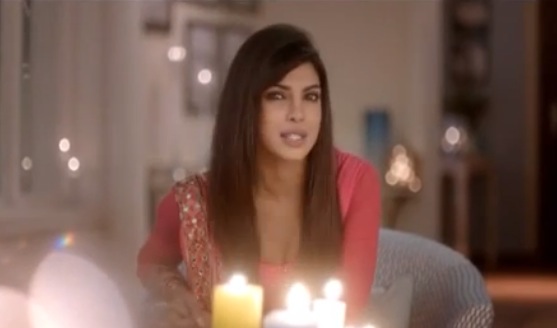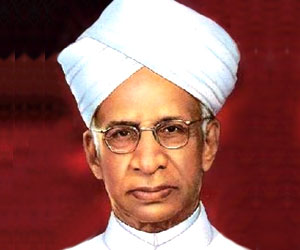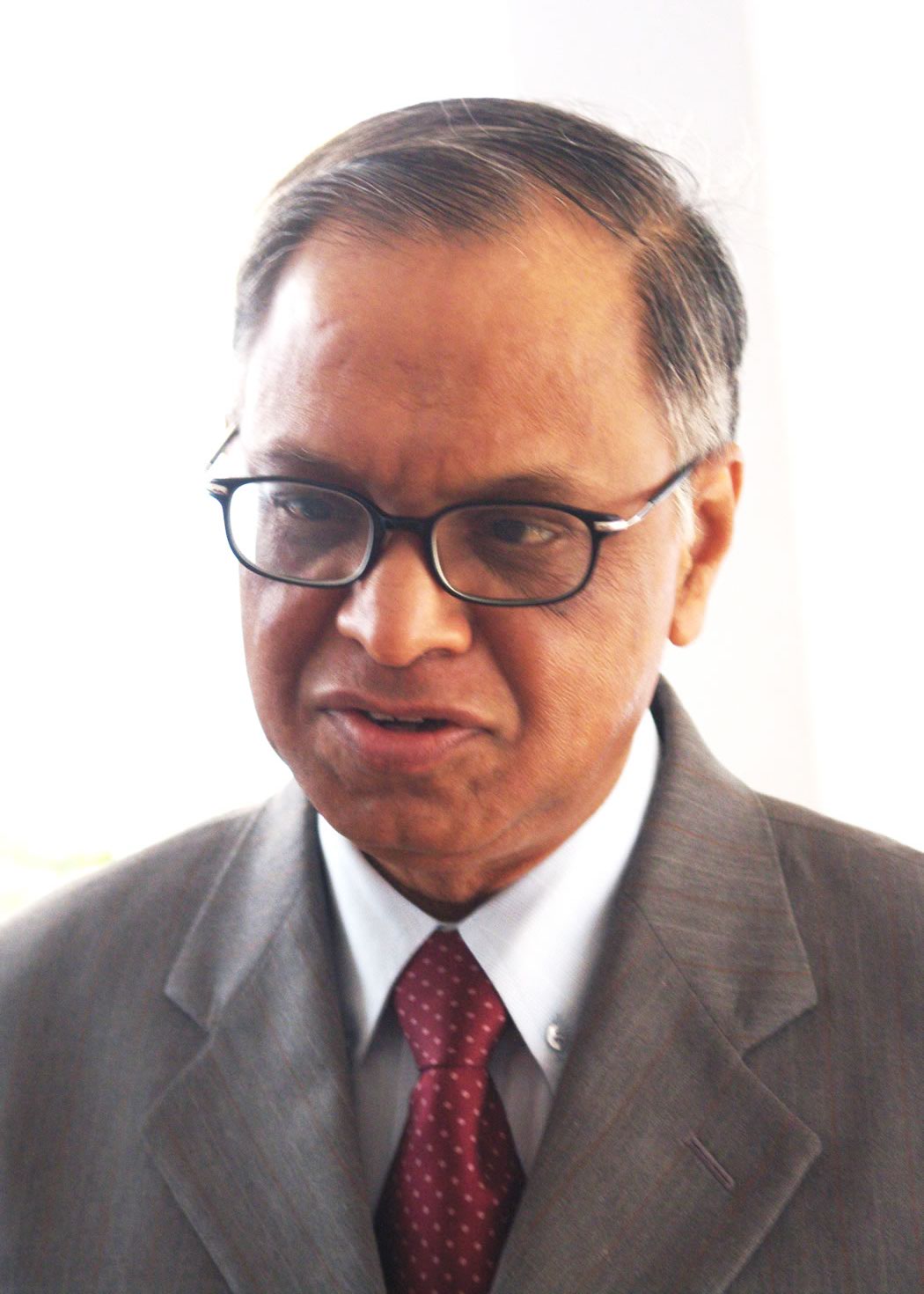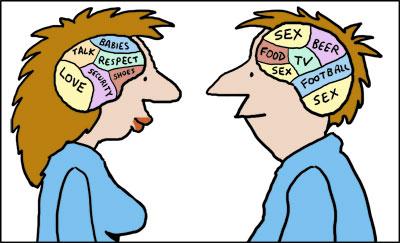Before I begin, on a very different note, please avoid any of the private bus operators if you want to travel between Mumbai and Pune or vice versa. Shivneri buses operated by the Government are very efficient.
 Coming back to what made me pen this post; my very own experience of social media 's power in bringing a corporate "down to its knees" and make it listen to a disgruntled customer. More importantly, today organizations seem more worried a cure rather than prevention. Cure here would mean that organizations are willing to act upon escalation of complaints on social media rather than building robust customer service organization and processes that can prevent escalation on social media.
Coming back to what made me pen this post; my very own experience of social media 's power in bringing a corporate "down to its knees" and make it listen to a disgruntled customer. More importantly, today organizations seem more worried a cure rather than prevention. Cure here would mean that organizations are willing to act upon escalation of complaints on social media rather than building robust customer service organization and processes that can prevent escalation on social media.
Recently, I had to travel from Pune to Mumbai, from where I was to board a train to Surat. I used redBus.in to book my ticket. Before booking I went through the Terms of Use. Do read, could be useful if you intend to use redBus to book tickets.
So, on the designated day I reached Purple Metrolinks boarding point opposite to the Pune Bus Stand on Station Road. The bus was supposed to leave at 5.30 am. I reached the stop well in advance. I waited. At around 5.40 am an outlet next to where I was supposed to board the bus opened. As I approached the outlet, I realized that it was Neeta Travels' dealer and not Purple's. I resumed my waiting there. The arms of the clock seem to be ticking faster, then. My train was at 11 am from Bandra Terminus. And I knew that it takes a minimum of four hours on the private buses and was worried that I might miss my train.
Then it became 6 and then 6.15. I started getting restless and checked with the Neeta Travel's operator. He said that Purple's service was bad and the buses were cancelled often and they were always late. I made frantic calls to Purple office and no one picked. Finally, I picked up a ticket with Neeta and left Pune at 6.40. At around 7, I got a call from someone at Purple asking me where I was! Not keen to have a conversation I just told the guy that I left by Neeta and cut the call.
Immediately, I also mailed redBus.in narrating the story that you have been painstakingly reading so far and sought a refund. That was about two months back. And then the waiting game started again, this time with redBus.
After many mail exchanges, numerous calls and waiting for about two months, I realized that if I didn't escalate the issue to higher ups, I will probably never get a refund. While I used LinkedIn to connect to the officials of the organization, I also went to Facebook and Twitter. Usually I would avoid bashing anyone on social media. I don't think that is a good practice. I would prefer using these social media forums only if I have exhausted all other channels of redressal. Two months of waiting and no response meant it was time. I left a harsh note about the customer service and their refund process on both forums.
Voila! Within an hour, I got a call, a mail and couple of messages on the forums asking for details. Two hours later refund was done. Followed by confirmation calls and a mail. And a request if I could remove my social media bashing!
As a customer, I was happy. As a marketer, saddened. While organizations are taking social media appearances and image seriously, are they missing out something?
To be continued.
 Coming back to what made me pen this post; my very own experience of social media 's power in bringing a corporate "down to its knees" and make it listen to a disgruntled customer. More importantly, today organizations seem more worried a cure rather than prevention. Cure here would mean that organizations are willing to act upon escalation of complaints on social media rather than building robust customer service organization and processes that can prevent escalation on social media.
Coming back to what made me pen this post; my very own experience of social media 's power in bringing a corporate "down to its knees" and make it listen to a disgruntled customer. More importantly, today organizations seem more worried a cure rather than prevention. Cure here would mean that organizations are willing to act upon escalation of complaints on social media rather than building robust customer service organization and processes that can prevent escalation on social media. Recently, I had to travel from Pune to Mumbai, from where I was to board a train to Surat. I used redBus.in to book my ticket. Before booking I went through the Terms of Use. Do read, could be useful if you intend to use redBus to book tickets.
So, on the designated day I reached Purple Metrolinks boarding point opposite to the Pune Bus Stand on Station Road. The bus was supposed to leave at 5.30 am. I reached the stop well in advance. I waited. At around 5.40 am an outlet next to where I was supposed to board the bus opened. As I approached the outlet, I realized that it was Neeta Travels' dealer and not Purple's. I resumed my waiting there. The arms of the clock seem to be ticking faster, then. My train was at 11 am from Bandra Terminus. And I knew that it takes a minimum of four hours on the private buses and was worried that I might miss my train.
Then it became 6 and then 6.15. I started getting restless and checked with the Neeta Travel's operator. He said that Purple's service was bad and the buses were cancelled often and they were always late. I made frantic calls to Purple office and no one picked. Finally, I picked up a ticket with Neeta and left Pune at 6.40. At around 7, I got a call from someone at Purple asking me where I was! Not keen to have a conversation I just told the guy that I left by Neeta and cut the call.
Immediately, I also mailed redBus.in narrating the story that you have been painstakingly reading so far and sought a refund. That was about two months back. And then the waiting game started again, this time with redBus.
After many mail exchanges, numerous calls and waiting for about two months, I realized that if I didn't escalate the issue to higher ups, I will probably never get a refund. While I used LinkedIn to connect to the officials of the organization, I also went to Facebook and Twitter. Usually I would avoid bashing anyone on social media. I don't think that is a good practice. I would prefer using these social media forums only if I have exhausted all other channels of redressal. Two months of waiting and no response meant it was time. I left a harsh note about the customer service and their refund process on both forums.
Voila! Within an hour, I got a call, a mail and couple of messages on the forums asking for details. Two hours later refund was done. Followed by confirmation calls and a mail. And a request if I could remove my social media bashing!
As a customer, I was happy. As a marketer, saddened. While organizations are taking social media appearances and image seriously, are they missing out something?
To be continued.





















